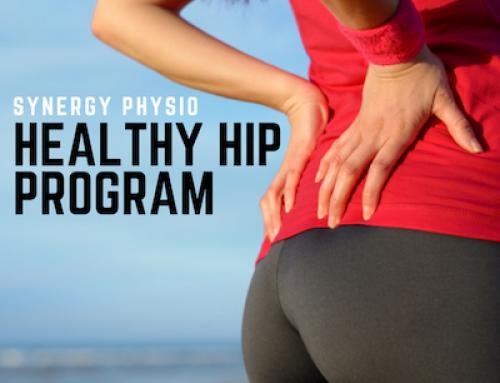What is Hip Dysplasia?
Hip Dysplasia is often a genetic condition involving the hip joint whereby the socket part of the hip joint is too shallow to support the ball with stability.
It is interesting to know that every single person has a slightly different shaped ball and socket joint which is why sometimes people have more hip range of movement than others, as it is simply the bony shape that contributes to this hip mobility. However, in the case of hip dysplasia with a very shallow socket, it essentially can mean that the hip has too much mobility and not enough stability.
There are varying ranges and degrees of hip dysplasia from mild hip dysplasia to severe.
Symptoms usually involve intermittent groin pain (where their hip joint connects into the socket) usually aggravated by upright activities such as walking, running or getting in and out of a car.
When a physiotherapist assesses the hip joint in the presence of dysplasia, a patient will normally show extreme ranges of movement such as lots of rotation available which can be an indicator of a very shallow socket.
Over time, hip dysplasia can lead to the slow development of Osteoarthritis and when this occurs, hip mobility slowly reduces. If you would like to know more about Osteoarthritis? CLICK HERE.
If you have been diagnosed with hip dysplasia, it is important to know a few key tips in order to help your groin pain and hip control
- Avoid excessive hip stretches in the presence of hip dysplasia. With the socket being very shallow, it is common that the hip has too much mobility and further stretches will not assist your management of pain. They may feel comfortable at the time but may contribute to problems down the track. You can do quadricep stretches, calf stretches and hamstring stretches but buttock stretches and hip flexor stretches are best avoided.
- Adjust your standing posture. If you have the tendency to standing with a swayed posture where your hips swinging forward of your feet, this can push the ball part of your socket forward and means that instead of weight bearing through the middle of the socket, you are weightbearing on the front edge. In hip dysplasia, this edge of the socket can be quite vulnerable and also painful in this is your weightbearing standing habit. If you would like to know more on how to stand correctly to minimise your hip pain CLICK HERE.
- Ensure you are modifying your activities. If you have moderate to severe hip dysplasia, it is not a good choice to start marathon running! Choose activities that are less impact through the hip joint in order to preserve your hip and ensure that your pain does not deteriorate. Activities such as cycling are usually preferred over excessive walking or running.
- Start a strength program. It is important that your hip and pelvis stay strong in order to support the ball in the socket joint. A physiotherapist can prescribe specific exercises to assist you and ensure that your exercises suit your body. Here are our favourite gluteal strengthening exercises to support the hip joint- remember that sometimes you might need to start with more gentle guided options from your physio and not all exercises are suitable!
Overall, it is important to understand that everybody has a slightly different hip shape and it not just the shape of the bones that can contribute to pain but also the strength of the muscles, the daily posture and your daily activities.
Ensuring that your hips stay strong, you avoid stretches and that you minimise the load through the front of the hip head can help control your pain in the presence of hip dysplasia.

Here at Synergy Physio we love helping women with their health. We offer expertise in hip and pelvic pain. Find out more about our healthy hip program for patients here!
Explore more about our team and how we can help you here!
Contact us today on 07 5448 3369 or simply book online


Leave A Comment